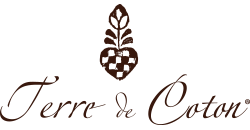Key features include:
- User-Friendly Navigation: A clean, organized layout allows users to browse by themes, authors, or publication date, making it easy to find appealing titles.
- Personalized Recommendations: Utilizing algorithms that analyze user preferences, we provide tailored book suggestions that enhance the reading experience.
- Community Engagement: Interactive features such as book clubs and discussion forums encourage users to share their thoughts and insights, fostering a sense of community.
First-time users will also benefit from introductory guides that explain the dystopian genre’s significance and suggest starting points, making their journey more enjoyable and less intimidating.
Behind the UX
The user experience (UX) design of our platform is based on thorough research and user feedback. As we track our performance through defined KPIs, we will continue to refine our approach and ensure a successful launch.
